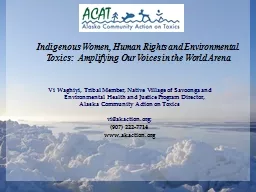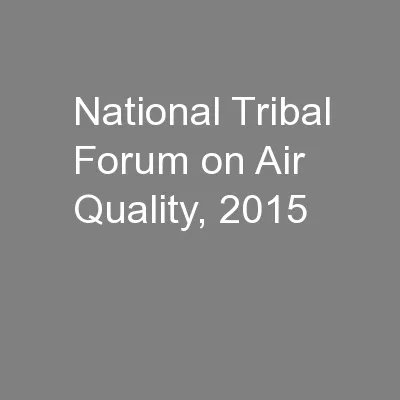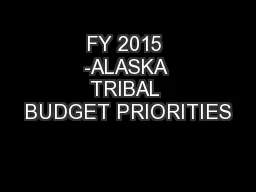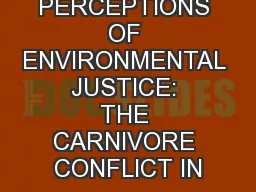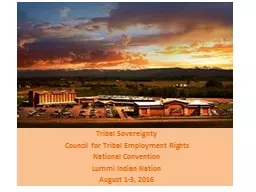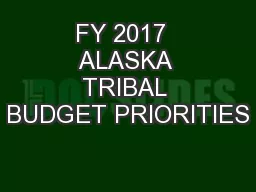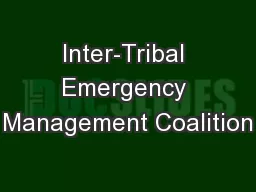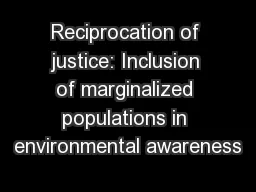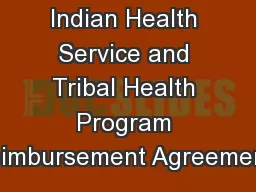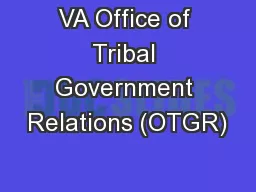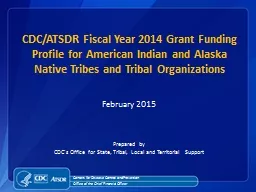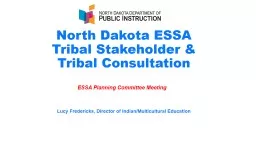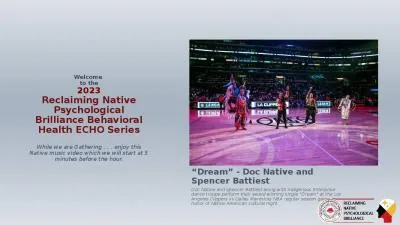PPT-Vi Waghiyi, Tribal Member, Native Village of Savoonga and Environmental Health and Justice
Author : faustina-dinatale | Published Date : 2020-04-04
Alaska Community Action on Toxics viakactionorg 907 2227714 wwwakactionorg Indigenous Women Human Rights and Environmental Toxics Amplifying Our Voices in
Presentation Embed Code
Download Presentation
Download Presentation The PPT/PDF document " Vi Waghiyi, Tribal Member, Native Villa..." is the property of its rightful owner. Permission is granted to download and print the materials on this website for personal, non-commercial use only, and to display it on your personal computer provided you do not modify the materials and that you retain all copyright notices contained in the materials. By downloading content from our website, you accept the terms of this agreement.
Vi Waghiyi, Tribal Member, Native Village of Savoonga and Environmental Health and Justice: Transcript
Download Rules Of Document
" Vi Waghiyi, Tribal Member, Native Village of Savoonga and Environmental Health and Justice"The content belongs to its owner. You may download and print it for personal use, without modification, and keep all copyright notices. By downloading, you agree to these terms.
Related Documents

